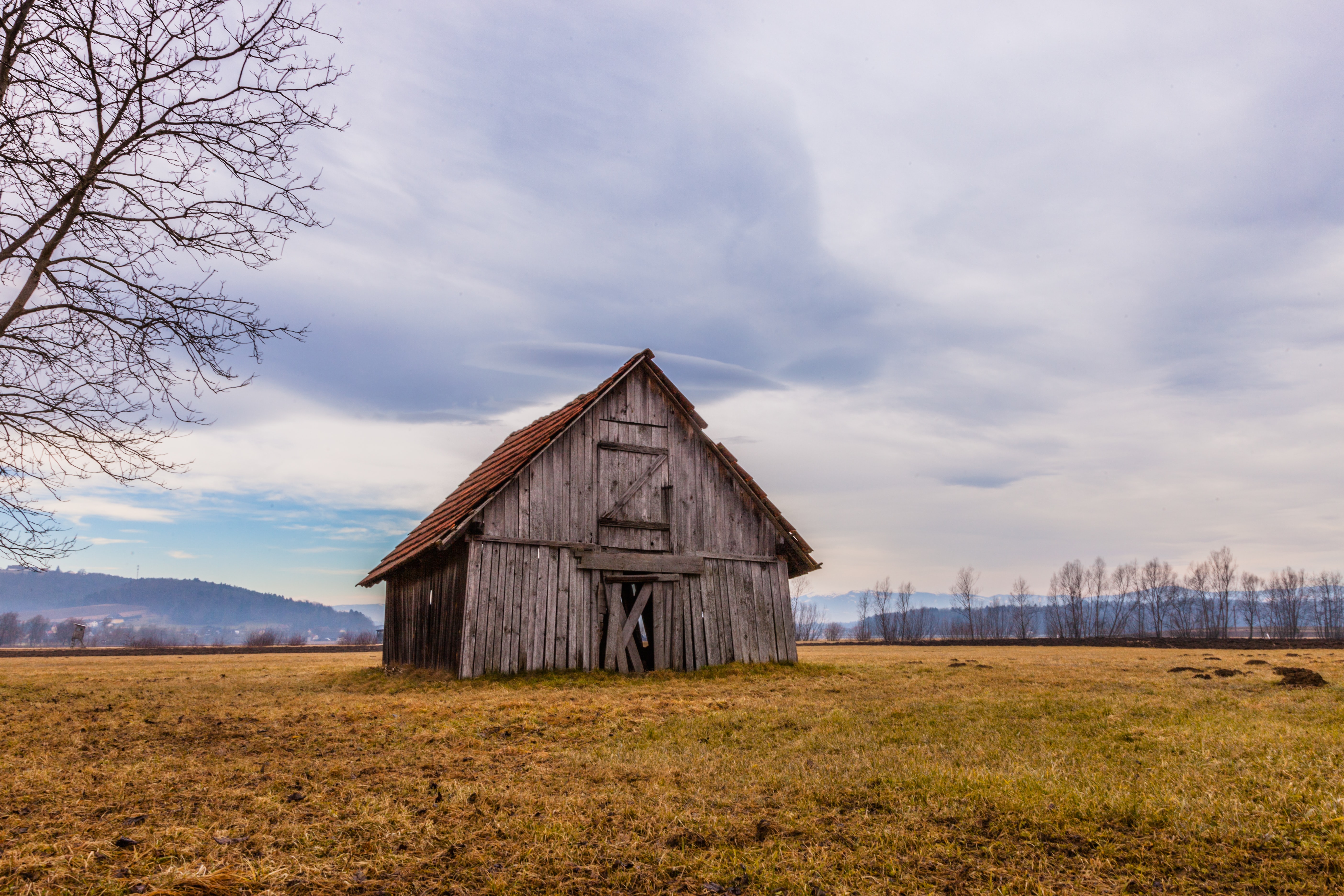You Have The Right To Live In A Property That’s Safe

As a tenant in the UK, you have fundamental rights ensuring that your rental home is safe, healthy, and maintained to an acceptable standard. These rights are protected under key legislation such as the Homes (Fitness for Human Habitation) Act 2018 and Section 11 of the Landlord and Tenant Act 1985.
Defining "Fit for Human Habitation"
The Homes (Fitness for Human Habitation) Act 2018, effective from March 2019, mandates that all rented properties in England must meet certain standards ensuring the tenant's safety and health. A home may be classified as "unfit for human habitation" if it poses risks or contains severe problems, such as:
- Persistent damp or mould issues that impact health
- Structural instability, including cracked or collapsing walls and ceilings
- Inadequate heating or hot water
- Pest infestations, such as rodents or insects
- Unsafe gas or electrical installations
- Poor ventilation or sanitation facilities
These standards apply universally, regardless of the rental price, location, or the terms stipulated in the tenancy agreement.
Obligations of Landlords
Under Section 11 of the Landlord and Tenant Act 1985, landlords have explicit responsibilities regarding the repair and maintenance of the property. They are legally obligated to:
- Maintain structural integrity, including walls, roofs, windows, doors, and foundations.
- Ensure proper functioning of essential utilities such as water, gas, electricity, sanitation facilities, heating, and hot water systems.
- Regularly inspect and service gas and electrical installations to ensure safety.
Landlords cannot delegate these obligations to tenants nor avoid them by inserting clauses in tenancy agreements. Once notified of necessary repairs, landlords are expected to carry out works promptly and within a reasonable timeframe.
Tenant Responsibilities
Tenants have certain responsibilities in maintaining the property condition as well, including:
- Ensuring that the property is kept reasonably clean and avoiding intentional damage or neglect.
- Reporting any damage or repair requirements to the landlord as soon as they arise.
- Allowing reasonable access for landlords or their contractors to inspect and perform repairs, typically after receiving at least 24 hours' written notice.
Minor maintenance tasks such as replacing batteries in smoke alarms or changing standard light bulbs are typically considered the tenant’s responsibility.
Steps to Take if Your Landlord Fails to Act
If your landlord neglects their responsibility to repair or maintain the property, several remedies are available:
1. Contact Your Local Council
The council’s Environmental Health Department can inspect the property. If they identify hazards, they can issue enforcement orders compelling your landlord to rectify the issues within specified timelines.
2. Legal Action
You may consider pursuing legal remedies for breach of contract or for failing to meet the statutory standards required by law. This may include claims for compensation or specific orders compelling the landlord to undertake repairs.
3. Housing Ombudsman
If you rent from a social housing provider and your landlord fails to address complaints adequately, you can escalate the issue to the Housing Ombudsman Service, which mediates disputes and ensures compliance with standards.
In all cases, it is crucial to document evidence clearly, keeping a record of all correspondence, photographs of the problems, and any medical or expert reports related to health impacts caused by poor living conditions.
Future Legal Changes: Awaab’s Law
Following the widely publicised tragedy involving two-year-old Awaab Ishak, who died due to mould exposure in his rented home, the UK government has announced "Awaab’s Law," which will come into effect in October 2025. Under this law:
- Social landlords will be legally required to investigate and remedy serious issues such as mould and damp promptly, with emergency hazards addressed within 24 hours.
- By 2027, this obligation will expand to include all hazards defined by the Housing Health and Safety Rating System.
- Similar obligations will likely extend to private landlords under forthcoming legislation like the Renters' Rights Bill.
Additional Resources
For further information, guidance, and assistance regarding your rights and obligations as a tenant, consider consulting the following resources:
- Homes (Fitness for Human Habitation) Act 2018
- Landlord and Tenant Act 1985
- Shelter’s Guide to Landlord and Tenant Responsibilities
- Citizens Advice on Repairs and Housing Conditions
Understanding your rights as a tenant ensures a safer, healthier living environment. If you face difficulties or need further advice, reaching out to expert agencies or local authorities promptly can significantly enhance your quality of life and security within your rented accommodation.
